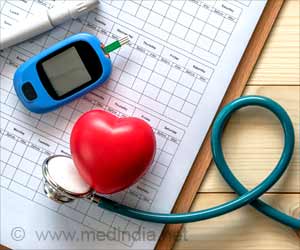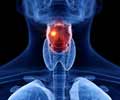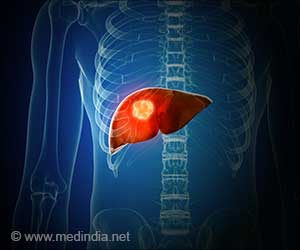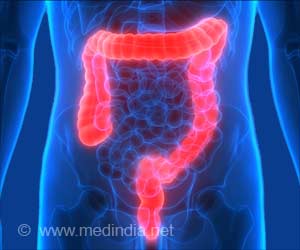Smartphone app uses voice recordings to identify lung congestion in heart failure patients, allowing early intervention before their condition worsens, reveals a new study.

‘Lung congestion in heart failure patients can be life-threatening, and early identification is crucial.
’





"Today, we report the results of the first easy to use, non-invasive, personalized heart failure monitoring device. It requires a simple 30-second recording each day, in any language." Heart failure is one of the leading causes of morbidity and mortality, affecting more than 26 million people worldwide, and is the leading cause of hospitalization in the US and Europe. Tight surveillance of patients could reduce related hospitalizations and deaths.
In patients with heart failure, the pumping function of the heart is not working as it should. The most common symptom is shortness of breath, which is caused by water congestion in the lungs.
Lung congestion causes subtle changes in speech patterns, which may be a tool for assessing clinical status. Speech processing is currently used in a number of ways, for example, converting text to speech and automatic voice recognition. This study examined the ability of a novel mobile application to distinguish between congested and non-congested states.
The study included 40 patients admitted to hospital with acute heart failure and lung congestion. Patients were asked to record five sentences into a standard smartphone upon admission and then again just prior to discharge when they were no longer congested. The duration of each recording was 2-5 seconds. The researchers found that the technology successfully distinguished between the congested state at admission and the non-congested state at discharge.
Advertisement
"Those with early signs of lung congestion could receive adjustments to their treatment, thereby preventing the need for hospitalization," said Professor Amir. "As more speech samples are obtained, the model becomes increasingly sensitive to changes."
Advertisement
Source-Eurekalert














